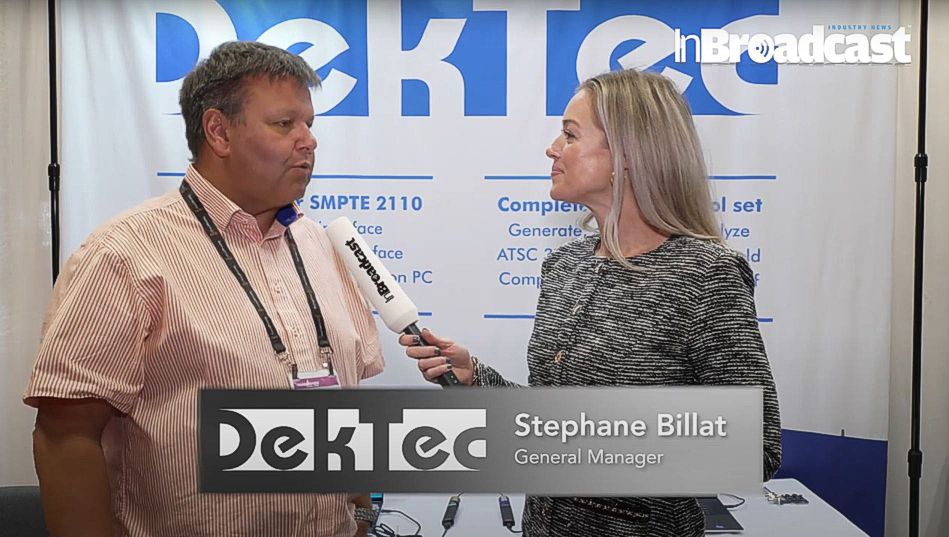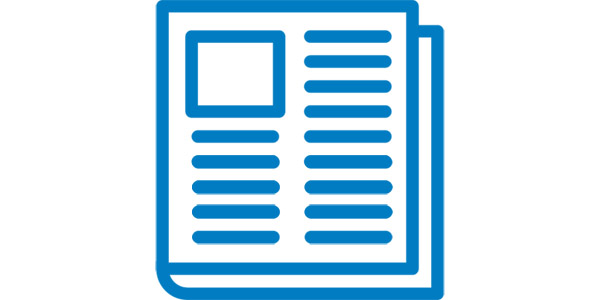
|
News 2022
|
Hilversum, 14 November 2022
Stephane Billat on New IP Line and ATSC3.0 at NAB New York 2022
In an interview with Ashley Blankenship of InBroadcast, Stephane Billat (DekTec America's GM) discusses major developments at DekTec for 2022 and 2023: The new SMPTE 2110 card for uncompressed video over IP and the expanding ATSC 3.0 tool set, now including portable RF and A/V analysis.
Stephane Billat discusses developments at DekTec at NAB New York
Hilversum, 5 Sept 2022
10GbE NIC Optimized for SMPTE 2110
DekTec's upcoming release of the DTA-2110 makes writing software-based SMPTE 2110 solutions easier than ever. The card comes with an easy-to-use C++ SDK and is integrated into FFmpeg so that tools such as ffplay can be used directly. The DTA-2110 guarantees robust real-time operation and significantly reduces system load compared to other SMPTE 2110 solutions in the market.
The DTA-2110 is a 10 Gigabit Ethernet PCIe card with on-board hardware accelerators for streaming of SMPTE 2110 and SMPTE 2022 signals. TS-over-IP functions such as those available on the DTA-2160 and the DTA-2162 are also supported. An SFP+ slot allows the user to insert a suitable SFP module to connect to a 10GbE or 1GbE network via an optical or electrical interface.
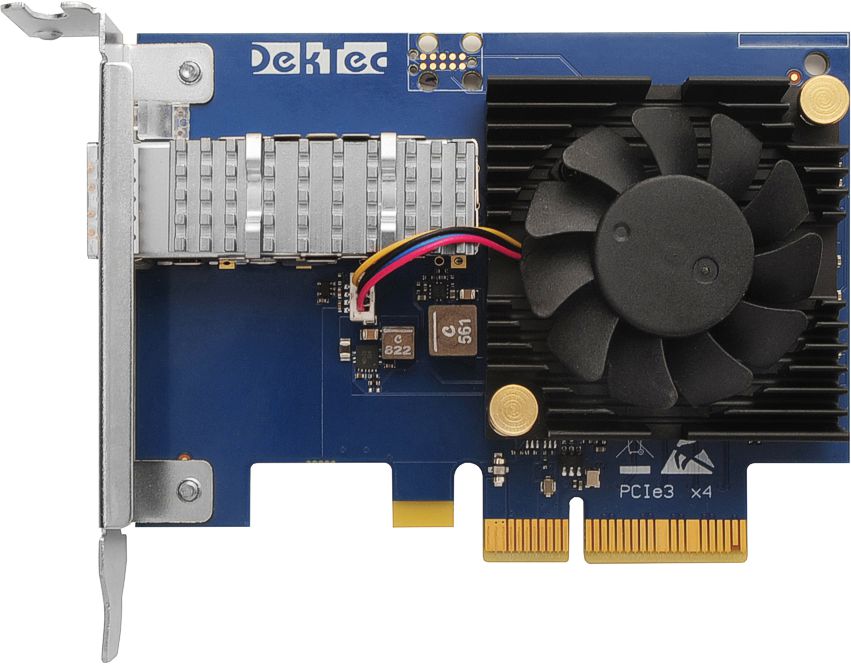
Figure 1. The DTA-2110 is a PCIe NIC with SMPTE 2110 hardware acceleration.
At its core, the DTA-2110 is a standard network interface card (NIC) for Windows and Linux, with offloading of functions like checksum calculations from CPU to hardware. Specific SMPTE 2110 features include accurate timestamp hardware for allowing (1) optimal implementation of PTP agents and (2) analysis of the jitter of received IP packets, and Zero-Jitter transmission of audio and video streams.
Where the board really shines, and clearly outperforms other network cards, is the direct high bitrate connection between hardware and user application.
Looking at the reception process:
- On a standard NIC, IP packets received from the network port are demultiplexed in the network driver (=in software) and passed on to the user, involving copying of all data.
- To eliminate such copying, the DTA-2110 establishes "hardware pipes" to the application. The DTA-2110 filters packets on-board based on IP address and writes the data to a shared DMA buffer. The application reads data from the DMA buffer; zero software (no filtering, no copying) is required for writing data to the DMA buffer.
The same goes for the transmission process, but in the opposite direction.
All of this means that for high bitrate streams such as UHD video, the CPU load and host memory bandwidth used for the I/O of SMPTE 2110 streams will be significantly lower on the DTA-2110 than on a standard NIC. This leaves more CPU cycles and more memory bandwidth to the user application.
Figure 2. Receive architecture: Hardware pipes send high bitrate streams directly to the application.
The DTA-2110 offers a new software interface: "Audio/Video FIFO" API (AvFifo), which is particularly suitable for processing component-based SMPTE 2110 streams. AvFifo is part of DTAPI, for ensured compatibility with other DekTec PCIe cards and USB modules. Synchronized multi-component (service-based) handling with Matrix API will be supported at a later stage.
AvFifo is very easy to use: your application can read or write audio samples or video frames directly from and to the FIFO. Timing utility functions make it easy to stay in sync with PTP. A bare minimum of SMPTE 2110 knowledge is required to be productive.
|
The DTA-2110 has been tested at the recent Joint Task Force on Networked Media (JT-NM) test event prior of IBC 2022. For details on the JT-NM Tested program at IBC 2022 and test results please see jt-nm.org/jt-nm_tested. |
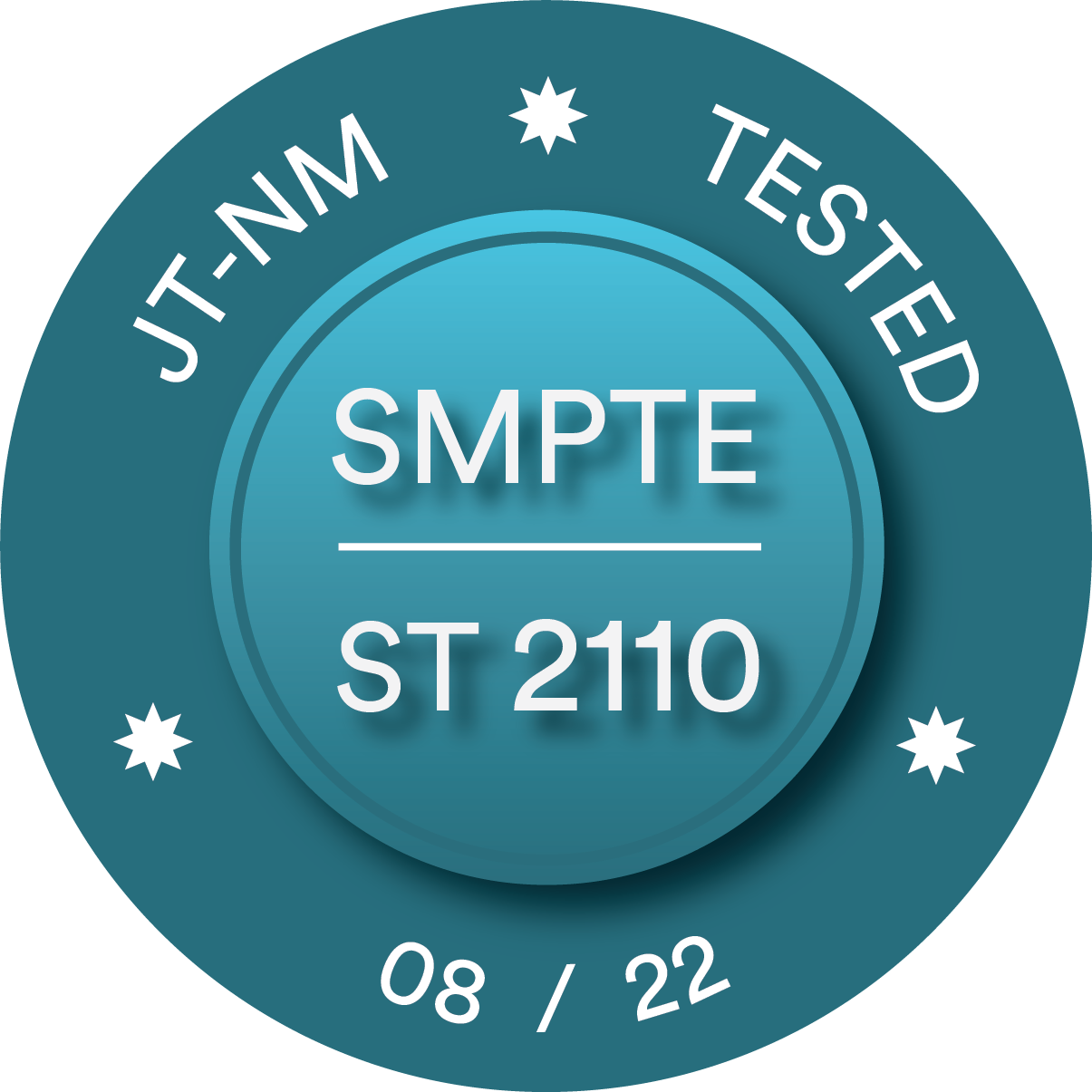
|
Production of the DTA-2110 is underway and the card is expected to be available in early Q4 2022.
Hilversum, 1 September 2022
SRT Added to StreamXpress
The upcoming release of StreamXpress adds stream playback via the Secure Reliable Transport (SRT) protocol. This addition enables users to setup SRT connections, debug the connection process, and play streams, all in the easy-to-use and flexible environment offered by StreamXpress.
SRT is an open-source video transport protocol that is designed to provide reliable transmission over unpredictable networks. It supports packet re-transmission while maintaining low latency. Encryption and forward error correction are supported as well.
To setup and debug an SRT connection in StreamXpress, the new ‘SRT Connect’ window can be used from the main window to set the connection parameters. After a connection attempt has been made, log messages and other connection information are shown for monitoring and debugging the connection and handshake procedure. For example, the final negotiated latency is displayed after a connection has been successfully established.
The main window of StreamXpress is tailored for quickly changing between different test scenarios which can be saved in so-called presets.
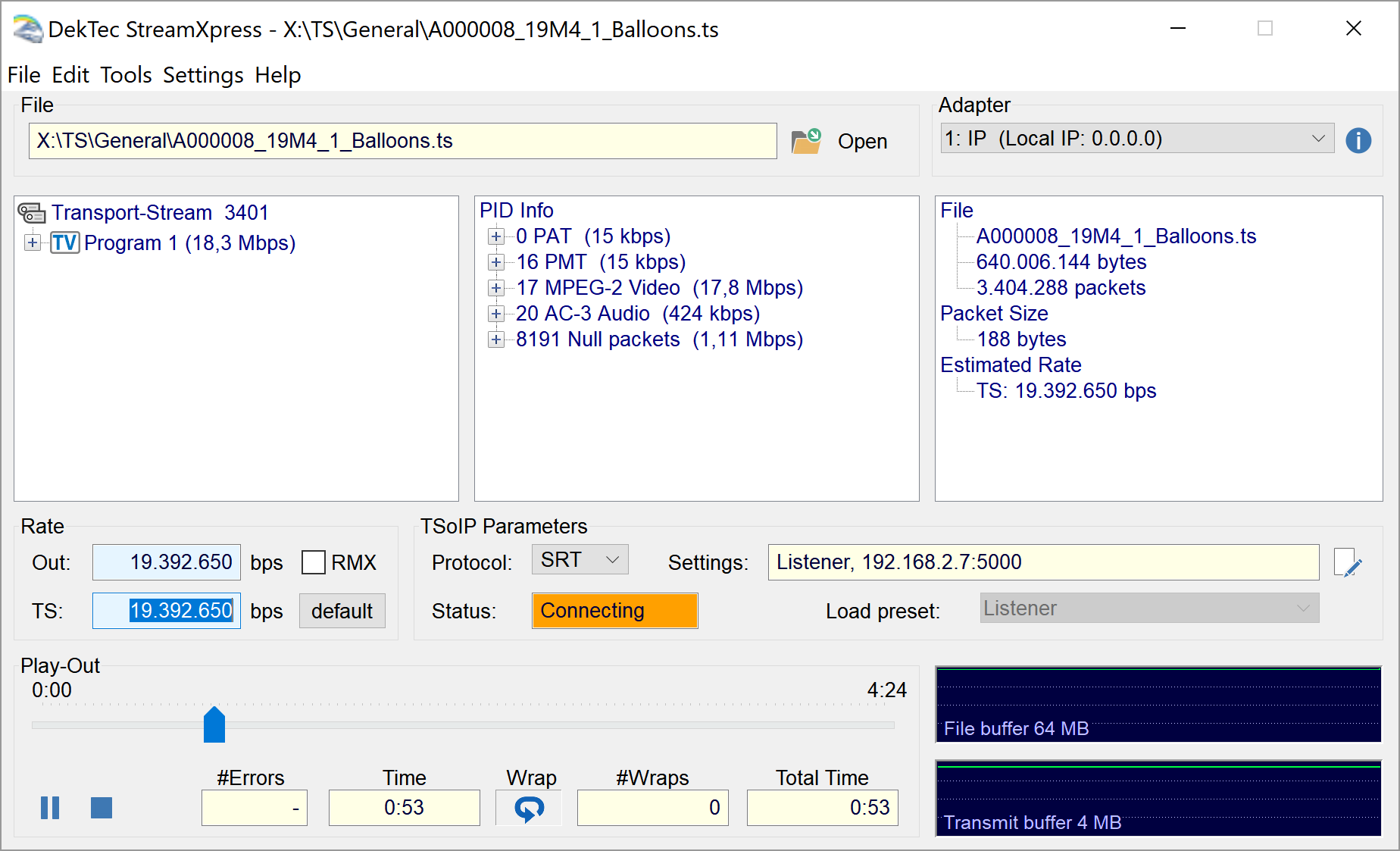
Figure 1. StreamXpress with SRT streaming selected.
The current support of SRT enables StreamXpress users to play out SRT streams from your local network adapter. Many future improvements are planned, such as SRT support on DekTec devices, detailed information and visualization of the SRT connection statistics during playout, and support for additional protocols such as RIST.
Feedback is always welcome, so feel free to let us know which additions you would like to see!
Hilversum, 18 June 2022
BBright Integrates DekTec in its Remote Monitoring Decoder
BBright's new video monitoring solution, the RMD, is a good example of a smart software-based product that uses DekTec PCIe cards to interface to uncompressed (baseband) and compressed digital TV streams. The RMD supports decoding and analysis of all common video (from SD to UHD) and audio formats, as well as their metadata, and can then stream the video, audio, and the analysis results through the MPEG Dash and Web UI for remote viewing.
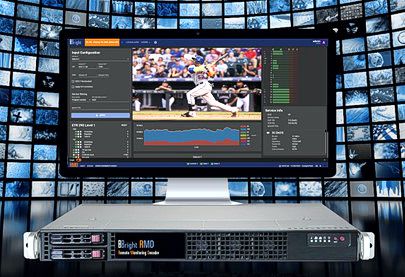
Figure 1. BBRight's Remote Monitoring Decoder
The RMD is intended for remote production, remote service verification and for qualifying streams in R&D labs. The product has gained recognition in the market and won the 2021 CSI Award for 'Best Monitoring or Network Management Solution'.
“We have worked with DekTec for almost 10 years and we know the quality of their products", says Guillaume Arthuis, CEO of BBright, "DekTec offers a wide range of SDI, ASI and IP cards, which gives us great flexibility to supply our customers the ideal solution in term of channel density and configurations."
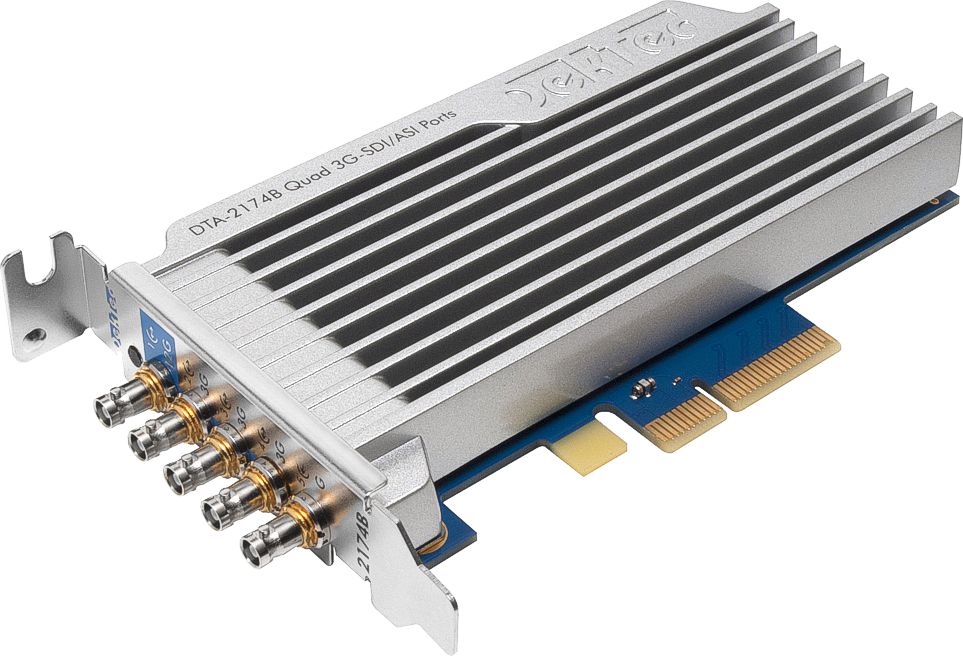
Figure 2. The DTA-2174B (4 ASI/SDI ports up to 12G-SDI) is used inside the RMD.
"All cards are supported by a common SDK and driver, which greatly eases integration into our system. A unique feature of DekTec's solution is the Matrix API, which gives us almost total control over the metadata / ANC data, audio and video. It abstracts from the complicated SDI layer, allowing a high-level connection to our software.", Guillaume adds. "Finally, DekTec cards are extremely compact, as most cards are half height and half length, leaving us plenty room in the server for GPU’s or other I/O cards."
Nilesh Mandalia, VP sales of DekTec, comments: “BBright uses our interface cards the way we intended them to be used, giving the product all the benefits of being software-based: a modern, rich GUI, powerful features, flexibility and future-proofing. BBright has been in the vanguard of UHD solutions right from the start. This coincided with DekTec‘s first UHD card, hence we have a great symbiotic relationship that extends into the future: for new I/O cards, we try to incorporate feature requests from our customers whenever possible.”
